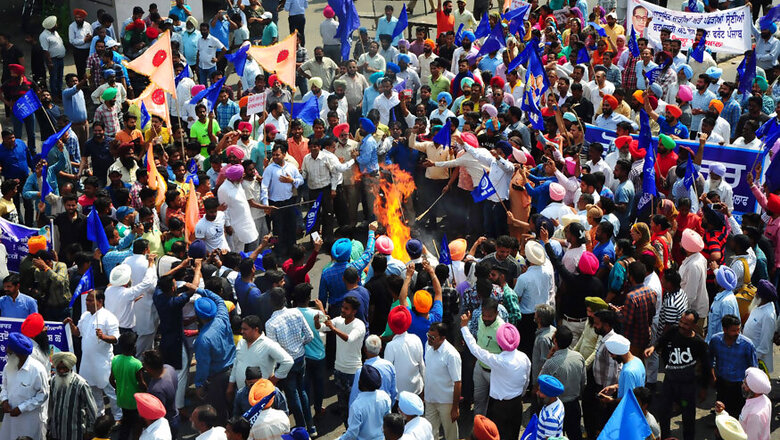
views
New Delhi: A recent verdict of the Supreme Court led to a lot of criticism from political parties and others who argued that it amounts to dilution of the Scheduled Castes and the Scheduled Tribes (Prevention of Atrocities) Act, 1989. A two judge bench of the Supreme Court laid down new guidelines for police officers on how to ensure innocent persons, especially public officials, are protected from false complaints.
Angered over the alleged dilution of the SC/ST (Prevention of Atrocities) Act, Dalit groups carried out protests across several states on April 2. The protests turned violent and nine people died across the country.
A week after the April 2 Bharat Bandh, in what is seen as a counter movement, some groups on Tuesday observed Bharat Bandh to protest against the caste based reservation in education and employment.
News18 here explores who the schedule caste and schedule tribes were before Independence and how the Constitution shaped their destiny. We also discuss if there is an end to this conflict, if any.
How were Scheduled Caste and Scheduled Tribes identified prior to independence?
On the basis of the 1931 census that the British government had conducted, the Government of India 1935 Act was promulgated. The reservation for the “Depressed Classes” was incorporated into the act, which came into force in 1937. This “Depressed class” later came to known as the Scheduled Caste.
Scheduled Tribe were the ‘tribes or communities’ who were isolated from the rest of the communities and wouldn’t abide to any religion. The British government in 1935 identified 'Schedule of Tribes' which consisted of different types of indigenous tribal groups i.e. Denotified tribes, criminal tribes, forest dwellers etc.
By 1937 both the section were given positive affirmative action rights and political representation. After India got its independence, the Constitution continued the affirmative action for the ‘depressed class’ which were now termed as 'Scheduled Caste' and 'Scheduled Tribe'.
What does the Constitution of India state?
According to the Constitution of India, under article 341(1), the President of India, after consultation with the Governor, may specify, “the castes, races, tribes or parts of groups within castes or races, which shall be deemed to be Scheduled Castes”. Accordingly, the President has notified the Scheduled Castes in the order called ‘Constitution (Scheduled Castes) Order-1950’ and the ‘Scheduled Castes and Scheduled Tribes List (Modification) Order-1956. However, under article 341(2), the Parliament of India by law can include or exclude the above-mentioned groups from the list of the Scheduled Castes.
What does the Presidential Order of 1950 state?
The order was called as the Constitution (Scheduled Castes) Order, 1950. The complete list of castes and tribes was made on order of 1950 which had certain norms and criteria for inclusion of other community later. However the Scheduled tribe list was put in updation due to partition as it was very difficult to identify tribals as they were geographically isolated. Thus, the list of Scheduled tribe was completely updated by 1958 with 744 enlisted tribes.
What does the order say on religion and how it affects conversion?
Part 3 of the Presidential order of 1950 states that “no person who professes a religion different from the Hindu [the Sikh or the Buddhist] religion shall be deemed to be a member of a Scheduled Caste.”
This clearly lays down a religious barrier which states that any person who is not a Hindu, Buddhist or a Sikh, will not be entitled to reservation on the basis of being a Scheduled Caste.
This is also the reason why most Dalits who convert to another religion, take up Buddhism as opposed to any other religion, so as not to leave the fold of reservations.
What about the backward classes?
The First Backward Classes Commission was set up by a presidential order on 29 January 1953 under the chairmanship of Kaka Kalelkar. The commission submitted its report in 1955. It had prepared a list of around 2400 backward castes for the entire country and of which 837 had been classified as the 'most backward'. The commission also put some recommendations like reserving 70% of reservations for OBC in education.
The second backward class commission was established on 1 January 1979, B.P Mandal as its chairperson. The commission submitted its report in December 1980 which included both Hindus and non-Hindus, and consisted around 52% of the total population. The Mandal Commission recommended 27% of reservation as the SC had set bar for reservation to not extend 50% in any case.
For identifying socially and educationally backward classes, the commission adopted the following criteria:
1. Low social position in the traditional caste hierarchy of Hindu society.
2. Lack of general educational advancement among the major section of a caste or community.
3. Inadequate or no representation in government services.
4. Inadequate representation in the field of trade, commerce and industry
Why is there a parallel Central and State OBC list in existence unlike the SC/ST list which is uniform for both state and the centre?
According to PS Krishnan, who was the Secretary, Ministry of Welfare when the VP Singh government implemented the Mandal Commission Report in 1990, seeking to provide 27% reservations to socially and educationally backward classes, “The first Backward Classes Commission that is Kaka Kalelkar Commission gave its report in 1955. The then central government in 1961 said centre will not make a list of backward classes and the states can have their own list if they choose. The argument was that the five year plans were already undertaken will mainly benefit the backward classes and hence no such list was required.”
“This proved to be erroneous because it was subsequently proved that gap between SEdBC on one end and socially advanced castes on the other continues to be was very wide in every parameter of development and welfare, with SCs and STs at the bottom and SEdBCs far below the socially advanced castes.
This dichotomy did not exist in the case of SC and ST, thanks to Baba Saheb Ambedkar and distinguished administrative and demographic scholars especially Mr Hutton who in 1931 census listed SC on the criteria of caste subjected to untouchability which was brought into effect by Government of India Act 1935 with the drawing up of state wise central SC list. This was continued in the Constitution of India following which the 1951 Presidential Orders scheduling SCs and STs were issued. So there was a single list for SCs and STs issued by the centre, state wise, which could be amended only by an act of parliament.
This dichotomy in SEdBC list is sought to be removed in this bill, but whether the states will agree to it is the question. The states will have to be taken into confidence and shown that no injustice will be done to backward classes in any way.”
What about the Constitutional Amendment Bill introduced in Parliament to give constitutional status to National Commission for the Backward Classes or NCBC?
Article 342(A) provides, as in the case of SCs, that there will be a Presidential list issued first in consultation with the governor of the state and any subsequent change in the list can be made only by parliamentary law.
The bill has recognized that BCs also need development in addition to reservations. There are provision in the bill for development of SEdBCs and the new NCBC’s role in the development process.
According to PS Krishnan, if this bill goes through, inclusion or exclusion of any caste subsequent to the initial press notification can be done only by an act of Parliament as in the case of SC and ST. In the case of SCs the criteria is untouchability. In the case of STs, the community must be shown to be a tribe which is isolated, and lives in vulnerable conditions. This has to be proved anthropologically. This is ensured by the long established process of referring every proposal for inclusion in the SC and ST list to the Registered General of India (RGI) that has an expert anthropological wing. Following this, the government moves a bill in the Parliament.












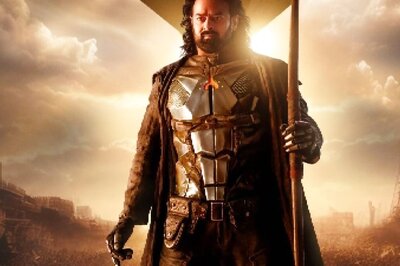


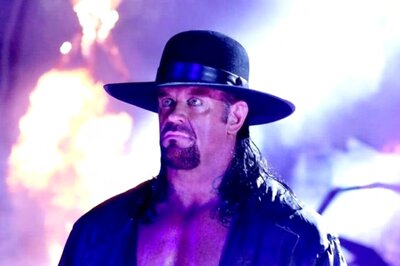
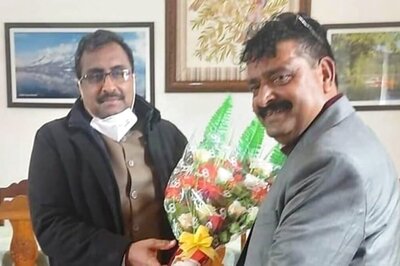


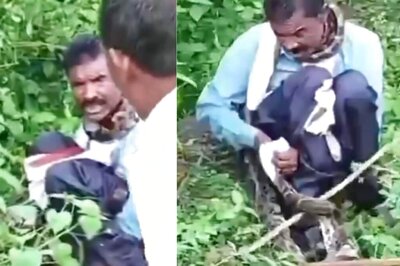
Comments
0 comment